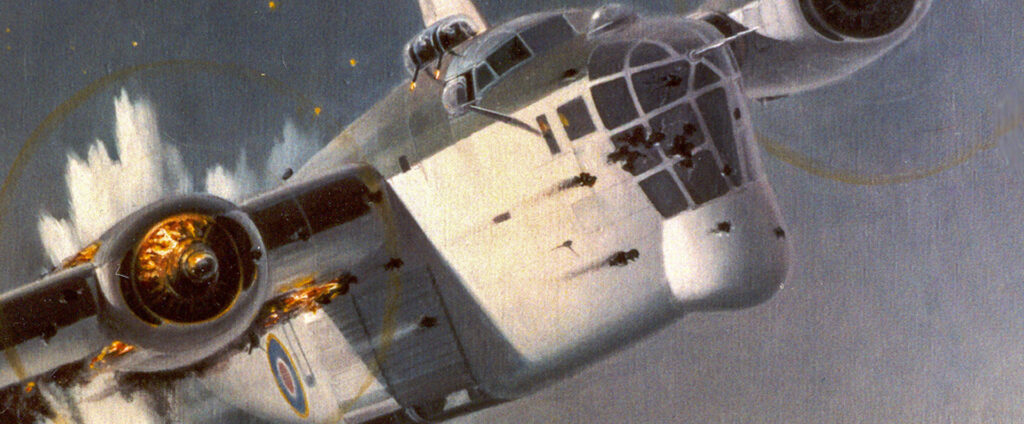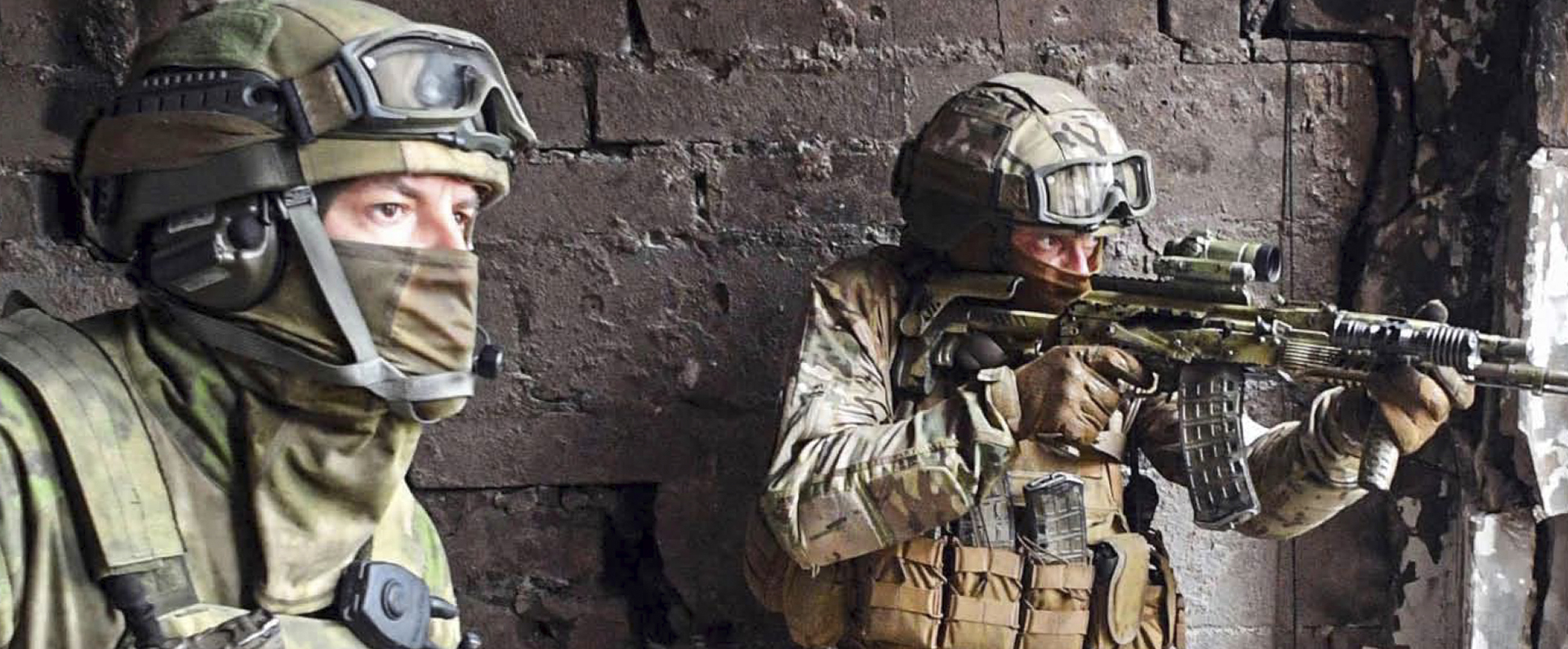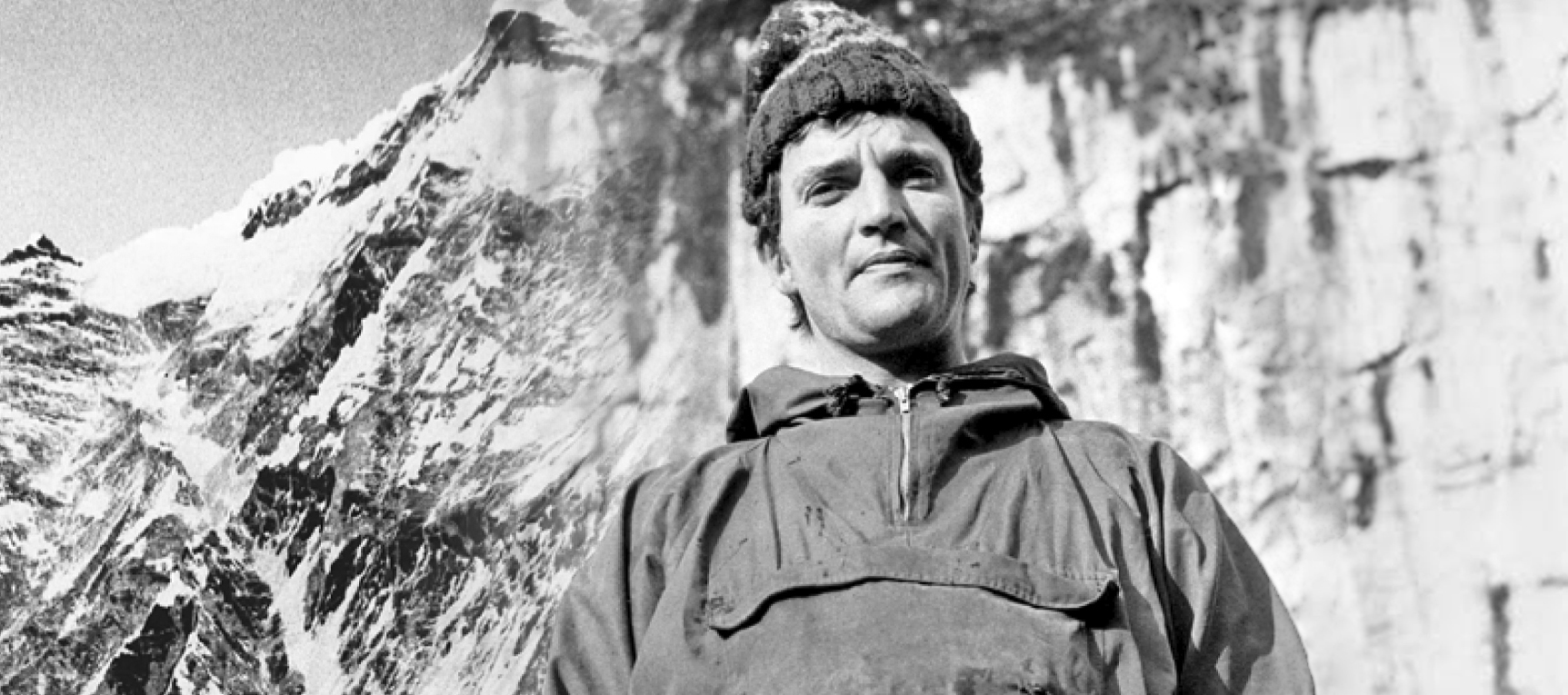
Published in The Mail on Sunday on 30 July 2023.
The pilot and his crew had been patrolling the seas off West Africa for several hours before finally, in the distance, they spotted what they had been searching for: a surfaced German submarine.
For any Allied air crew during the Second World War, an enemy U-boat was a huge prize. So Flying Officer Lloyd Trigg wasted no time in preparing for a daring, but high-risk, attack before the submarine had time to dive and disappear.
What happened in the next few minutes resulted in Trigg being posthumously awarded the Victoria Cross (VC) – Britain and the Commonwealth’s most prestigious gallantry award – and receiving it in what are believed to be unique circumstances.
Today, just days before the 80th anniversary of Trigg’s remarkable act of courage, I, as the proud custodian of his medal group, want to tell the story of his life and untimely death.
Lloyd Allan Trigg was born in Houhora, North Island, New Zealand, on June 5, 1914. The son of a farmer, he was sporty and played in his school’s rugby first XV, before completing his education at Auckland University College.
Trigg had wed Nola McGarvie, and during the early years of their marriage he worked as an agricultural machinery salesman. Prior to the start of the Second World War, he was a non-commissioned officer in the part-time North Auckland Rifles. But Trigg had long been interested in flying, and in June 1941 he joined the Royal New Zealand Air Force and obtained his pilot’s ‘wings’ after completing his training in Canada. He was promoted to flying officer in October 1942 and embarked for the UK to join RAF Coastal Command.
The following month he was posted to West Africa, where he joined 200 Squadron, RAF, which was seeking out enemy submarines that were harassing Allied convoys in the Atlantic en route from the Indian Ocean and South Africa.
Initially the squadron flew the light Hudson bombers from Yundum airfield, close to the mouth of the Gambia River. By the next summer Trigg had taken part in at least 46 operational reconnaissance patrols, convoy escort flights and anti-submarine patrols.
On August 11, 1943, following intense conversion training, Trigg flew an American Liberator heavy bomber for the first time in an operational sortie.
The plane had taken off from Rufisque airfield, east of Dakar, Senegal, on an anti-submarine patrol. Trigg and his crew were patrolling 240 miles south of Dakar when they sighted the German submarine, U468.
Trigg immediately set a course to attack, but as the Liberator closed in it was crippled by the U-boat’s anti-aircraft gunners.
Rather than pull out and attempt to ditch into the sea, well away from the U-boat, 29-year-old Trigg maintained his course and, at less than 50ft (15m), with his plane ablaze, dropped six depth charges on to the U-boat.
At that range the stricken aircraft presented an easy target for the submarine’s gunners, who could see their shells blasting inside the open bomb doors of the Liberator.
Seconds later, as the depth charges exploded with devastating effect, the Liberator crashed into the sea, killing Trigg and his seven crew, five of whom were New Zealanders.
It was a heavy price to pay for taking out a submarine.
The U-boat sank within ten minutes, and most of its 46 crew were killed or injured, some of whom fell victim to sharks and barracuda.
However, its captain, Oberleutnant Klemens Schamong, and six of his men were spotted in a dinghy the next day by the navigator on an RAF Sunderland. The Germans were later picked up by a Royal Navy ship, HMS Clarkia.
Under interrogation, the U-boat captain praised the gallantry of Trigg in the face of ‘certain death’ and said he deserved to be awarded the highest honour possible.
Indeed, it was this recommendation, and another by the U-boat’s First Lieutenant, Alfons Heimansberg, that led to the award of Trigg’s VC on November 2, 1943.
Its lengthy citation ended: ‘The Battle of the Atlantic has yielded many fine stories of air attacks on underwater craft, but Flying Officer Trigg’s exploit stands out as an epic of grim determination and high courage. His was the path of duty that leads to glory.’
Trigg’s VC and Distinguished Flying Cross (DFC) were presented to his widow, Nola, by Sir Cyril Newall, the Governor-General of New Zealand, in May 1944 on the farm of Trigg’s brother near Auckland, so family and friends could join in the celebrations.
In 2007, a researcher from New Zealand, called Arthur ‘Digger’ Arculus, who was making inquiries into the VC action on behalf of Trigg’s relatives, tracked down Klemens Schamong, by then aged 90, to his home near Kiel, by chance the port where his U-boat had been built. Despite the passing of time, the former submarine captain vividly remembered his encounter with the Liberator.
In a letter, he told Arculus: ‘We opened fire from our deadly two 20mm cannons and the first salvo at a distance of 2,000m set the plane on fire. Despite this, Trigg continued his attack. He did not give up as we thought and hoped. His plane… flew deeper and deeper. We could see our deadly fire piercing through his hull. And when Trigg was nearly over us, we saw his ash cans [depth charges] coming down on us and they exploded and damaged the boat to death.’
Schamong also recounted how he had told his interrogators on that day in 1943 that ‘such a gallant fighter as Trigg would have been decorated in Germany with the highest medal or order’.
Indeed, Arculus obtained a copy of a declassified Naval Intelligence Division report from October 1943 which disclosed what had been learned from the interrogation of Schamong and the other survivors after their arrival in Britain as PoWs.
It stated that the U-boat’s anti-aircraft fire was so accurate that the Liberator was ablaze before it had properly lined up the submarine, adding: ‘She nevertheless ran in to attack with great determination and without deviating to avoid the U-boat’s sustained and heavy fire.’
The Liberator crossed the submarine behind its bridge at a height of just 50ft, before it hit the sea and blew up.
However, as it had roared over, the depth charges tumbled down, and two exploded with tremendous force within just 6ft (2m) of the submarine. ‘The U-Boat was thrown violently upward and suffered catastrophic damage,’ the report stated.
The massive blasts ruptured the hull, tore engines, motors and transformers from their mountings, blew the fuel tank down and shook equipment off bulkheads. Water poured into the battery compartment and the sub filled with clouds of deadly chlorine gas – submariners’ worst nightmare.
The U-boat went down inside ten minutes.
Miraculously, a German rating found a rubber dinghy which had broken free from Trigg’s aircraft, which he inflated and then climbed into with two other seamen. Eventually, Schamong, his first lieutenant and an engineer officer, supporting a wounded rating on his back, were hauled in – comprising the U-boat’s only survivors.
According to the naval report, the two German officers ‘were unreserved in their admiration of the courage and performance of the aircraft’s crew’.
‘Digger’ Arculus also tracked down Patrick Dempsey, the navigator on the Sunderland aircraft that had found the dinghy while looking for the crew of the Liberator.
Dempsey, aged 87 and living in Florida, recalled watching large sharks swimming around and under the dinghy. ‘We could see them very plainly from the air,’ he said. He added that he had worked out the position of the dinghy and radioed it to base. Dempsey said it was originally thought that those waving from the dinghy were British airmen from the Liberator, not German submarine crew.
He continued: ‘Then we prepared to drop two emergency supply packs, which were about the size of a man each.’ The Sunderland made two runs, the first drop so accurate that the package almost hit the dinghy, scaring the survivors out of their wits.
The second landed much further away – too far to recover because there had been no paddles in the dinghy. The patrolling aircraft then dropped marker dye and headed home. HMS Clarkia arrived on the scene the next day and hauled the weary Germans aboard.
Matt Limb, a battlefield guide and military historian, explained why Lloyd Trigg’s VC is unique. He said: ‘A small number of posthumous VCs have been awarded partially on the evidence of the enemy, but this is believed to be the only one in the medal’s long and rich history awarded solely on information provided by the enemy.’
The vast majority of gallantry medals – whether to living recipients or those awarded posthumously – are announced on the basis of supporting statements by comrades who witnessed the relevant act, or acts, of outstanding bravery.
Wing Commander W. H. Ingle, Trigg’s commanding officer, wrote to Trigg’s widow revealing the circumstances of his death. He ended his letter: ‘I hope it will be some consolation to you to learn of the gallant manner in which your husband died, fighting for his country. I am very proud to have known him.’
Today, I own the world’s largest collection of VCs – more than 200 – and they are on display to the public at a gallery bearing my name at the Imperial War Museum, London. I became the proud custodian of Trigg’s gallantry and service medals when they came up for auction at Spink in London in 1998, paying a then joint record price for any VC group of £120,000.
The bodies of Lloyd Trigg and his crew were never recovered. With no grave, the flying officer is remembered on the Malta Memorial in Valletta. The monument is dedicated to the memory of 2,298 Commonwealth air crew who lost their lives around the Mediterranean during the Second World War and who have no known grave.
Ahead of the 80th anniversary of Trigg’s death, I flew to Malta to honour his bravery. There, I laid a poppy cross at the memorial to pay my respects to Flying Officer Lloyd Allan Trigg VC, DFC, one of the bravest airmen from the Second World War.
Read this article on MailOnline.co.uk
For more information, visit:
LordAshcroftOnBravery.com


